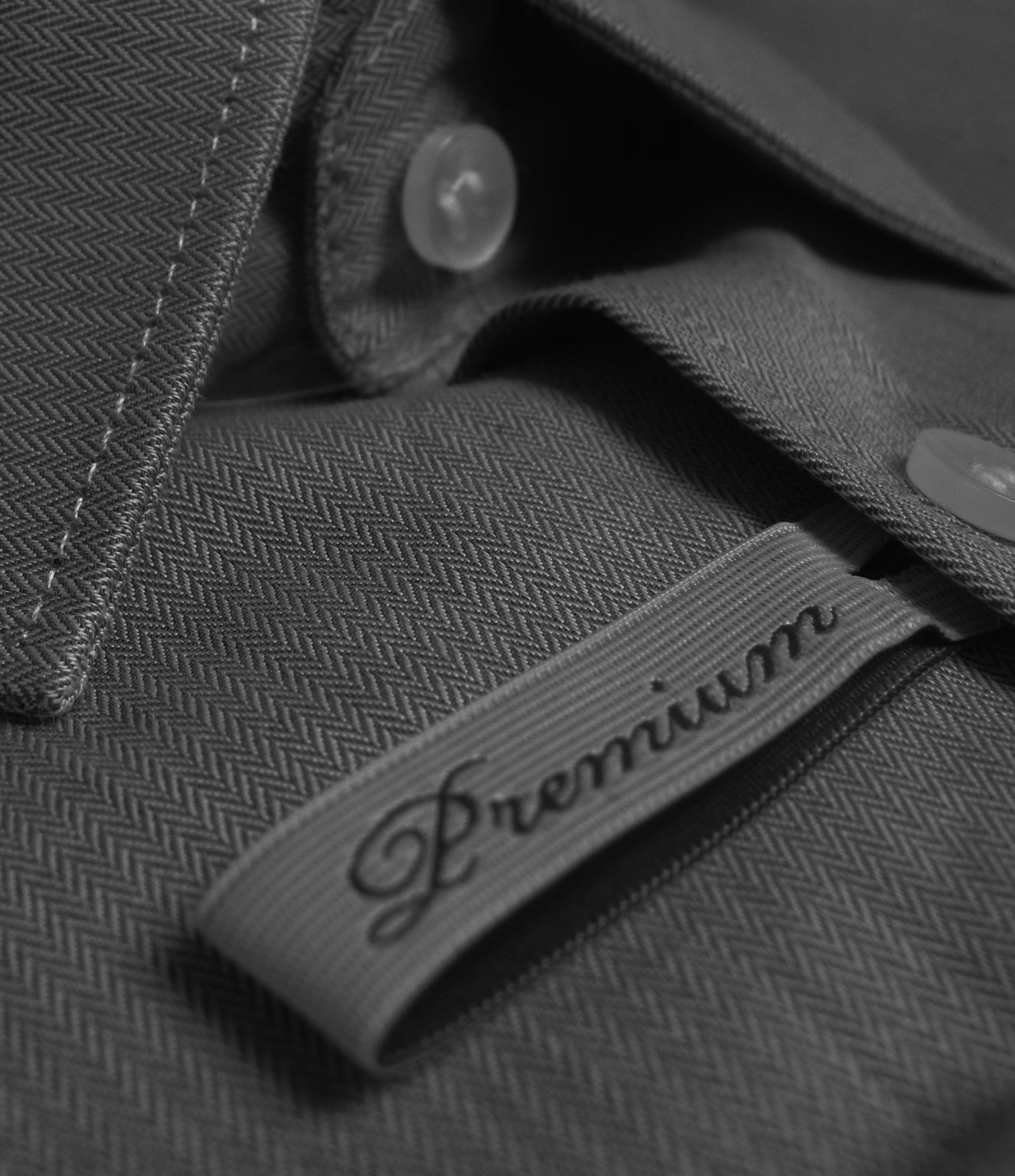What is Drycleaning?
Drycleaning is not totally dry. There are fluids used in the drycleaning process.

A number of solvents are used in the industry such as percholoroethylene or perc (a nonflammable, synthetic solvent) and newer solvents introduced which are most predominantly hydrocarbon, with others currently being introduced and tested.
A small amount of filtered liquid solvent passes through the drycleaning machine, flushing soils from the garments and then passes into a holding tank where this is filtered, distilled and recycled. During extraction of the solvent a gentle rotation is used to remove the solvent from the clothes followed by a gentle heat to vaporize any remaining solvent.
Before cleaning, garments are inspected and sorted. The length of the cleaning cycle is dependent upon the type of article cleaned and the degree of soiling. More heavily stained garments are stain treated by a stain removal technician prior to being drycleaned. Not all stains can be removed all of the time. Some stains become embedded in the fibre, or fabrics may not allow for normal stain removal processes or solvents may not be compatible with decorative trim such as beads or sequins. It is vital that customers as well as drycleaners read all care labels and follow the instructions.
Following the drycleaning process each garment is pressed individually and quality checked prior to being returned to the customer.


